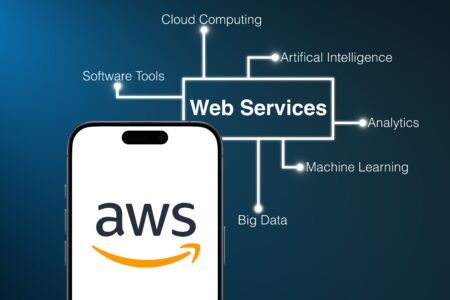The past year has been one of the most turbulent times for everyone while also causing big changes in the tech industry. Tech companies have had to make rapid changes to best meet the needs of a society dealing with the impact of the coronavirus.
The Internet of Things (IoT) remains a popular trend, as it includes everyday devices that operate with the help of an internet connection. The use of the Internet of Things is wide-ranging, whether it’s related to home automation, vehicles, healthcare, and many other industries. These internet trends will rapidly change multiple industries and make an even bigger impact on the workplace in 2021.
1) Smart Home Office Designs
One of the biggest impacts of the pandemic is the creation of smart home office designs. The remote office setup has resulted in many people using the latest technology to make it convenient to work from home.
Smart-home device creators have a perfect opportunity to let a wide range of people experience the immense value of many different products that use the Internet of Things. Smart lighting, environmental controls, and energy management devices will play a key role in making home offices more convenient, comfortable, and useful.
Employers will also utilize the Internet of Things to help employees work from outside of the office. All of this technology makes it possible for factories to use mobile videoconferencing to inspect sites without leaving home.
2) Cybersecurity Framework Improvements
The main downside of using the Internet of Things is that cybercriminals will focus on ways to compromise these devices. Unfortunately, many of these devices only have minimal IT security, which puts them at significant risk of being hacked or being used in a botnet attack.
Forward-thinking businesses will consider these risks to build stronger security measures into each device while also working with other businesses that have cybersecurity expertise. Maintaining HIPAA compliance is a necessity for any device that uses the Internet of Things in the healthcare industry. The focus on improving healthcare cybersecurity will always remain a top priority due to the ever-increasing number of threats.
3) Smart Healthcare System Using the Internet of Things
Healthcare remains a top concern due to the widespread impact of the coronavirus. Internet of Things technologies for healthcare will continue to play a bigger role in improving physician and patient safety while assisting with detecting and diagnosing COVID-19.
This innovative technology will also help with providing treatments. The smart healthcare system using the Internet of Things technology will be used widely by public health agencies and epidemiologists for more accurate tracking of infections while also helping to prevent future pandemics from occurring again.
The Internet of Things in healthcare will also help clinics to better treat other injuries, diseases, and health conditions. The diagnosis and treatment process will rely more on self-care and telehealth. These changes can be wide-ranging, whether it’s allowing patients to assess their blood pressure, heart rate, oxygen saturation, and body temperature at home without the need for an in-person visit.
4) Smart Retail Options
The coronavirus has significantly impacted the retail industry. Physical stores must undergo drastic changes to compete against online stores while also surviving the impact of quarantine and social distancing that will continue to happen into 2021.
The Internet of Things can improve operations for retail stores in a variety of ways. Theft prevention, marketing, and inventory management can play a key role in taking advantage of this technology to better serve customers while also improving the bottom line.
Employees and customers can also be safer by using contactless payment systems that operate with the Internet of Things. Recently, the Canadian government has created a monitoring app for potential exposure that notifies people if they have been around someone with COVID-19. This type of technology can improve safety while also making people feel more comfortable visiting retail stores.
5) Rise of Edge Computing
Edge computing happens whenever an Internet of Things device transmits information to a storage device instead of using the cloud. The storage device will receive, process, and filter the information before sending the data packet to the cloud.
The unique setup of edge computing uses much less bandwidth compared to traditional cloud services, which helps to minimize latency and improves the speed of applications. This environment is ideal for many Internet of Things devices that work in areas with a slow or unreliable internet connection.
The flexibility to operate in remote locations makes it the perfect complement for satellite connectivity tech. Edge computing applications will likely continue to expand as satellite connectivity continues to grow. A few of the most common examples of edge computing is smart vehicles, smart-city apps, and monitoring devices.
Related in DAC
Edge Computing vs. Cloud Computing and the Internet of Things
Data Science and IT Administration Alliance
Ai Trends – Benefits of Artificial Intelligence for Business
Lessons I Learned from Building Hundreds of Power Apps
Hybrid Cloud Environments, AWS, and IBM Cloud Security






